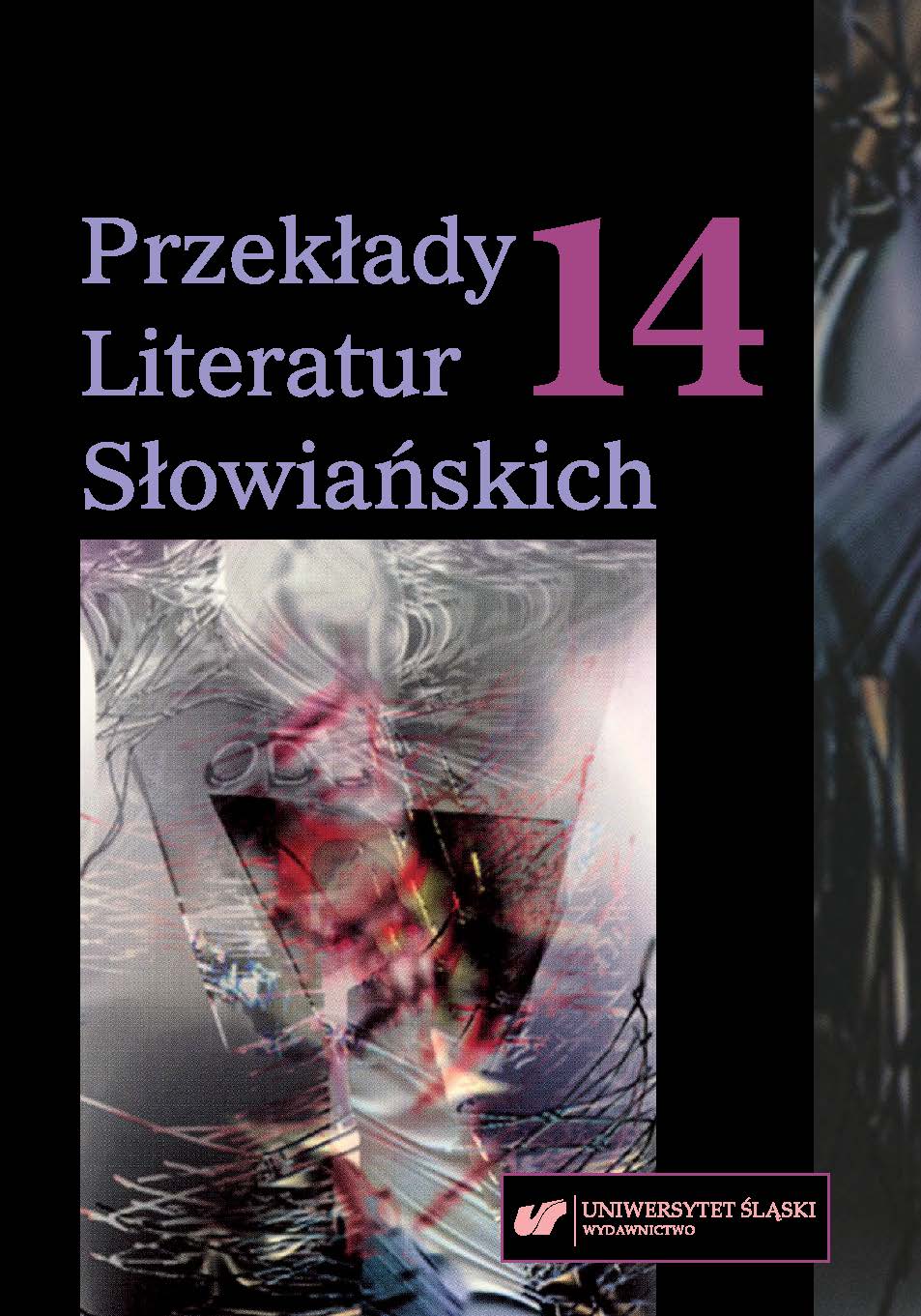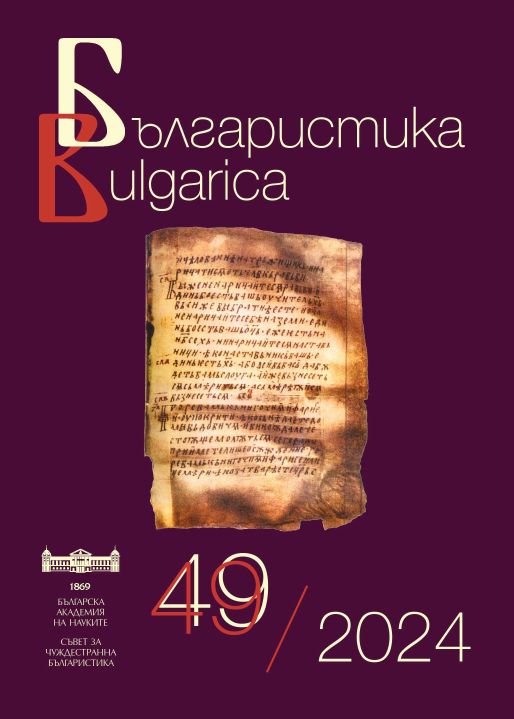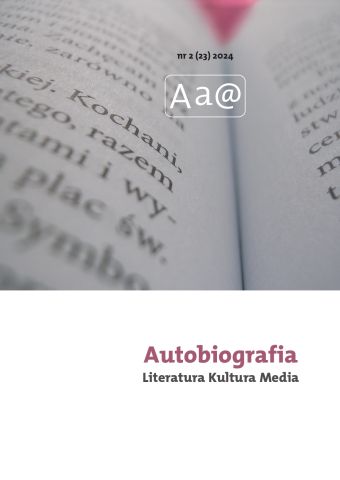Kann man Kunstwerke nacherzählen? Ekphrasis und Kunstkonsum in der ,,Ästhetik des Widerstands''
''The Aesthetics of Resistance'', a huge literary project of the German author Peter Weiss, is characterized by a curious narrative feature: the content of the work is dense, hermetic and told from the perspective of a single narrator, who places certain works of art in the center of his discourse and describes them in such a detailed manner that they become a central ideological problem of the entire novel. Based on HVIDTFELDT-MADSEN’S (2003) diagnosis of an ekphrasis in the Aesthetics of Resistance, i.e. a deliberately detailed description of various pieces of art, this article attempts to trace how and to what extent the Lessingian Laocoon problematics, diagnosed in the novel, can reflect the habitus of the narrator and what could it mean for his art consumption. In a first step, the ekphrasis is explained as a literary form and some of the most prominent examples of ekphrasis in the history are presented and contextualized. In a second step, the ekphrasis in the Aesthetics is examined as a narratological interplay of the visual and the oral. The third and final step consists of an attempt to explain the interrelationships between the ekphrasis and the art consumption of the narrator.
More...



